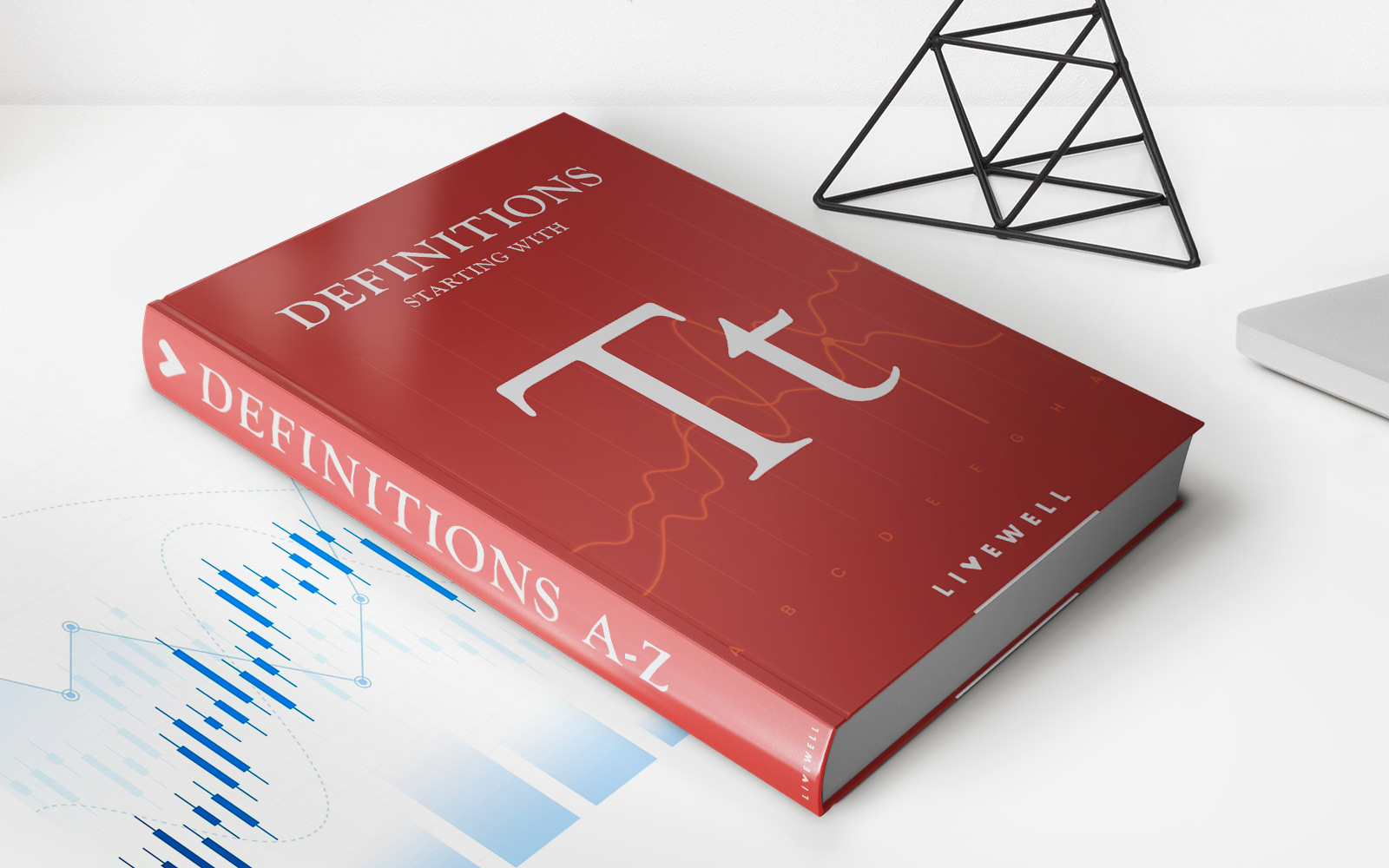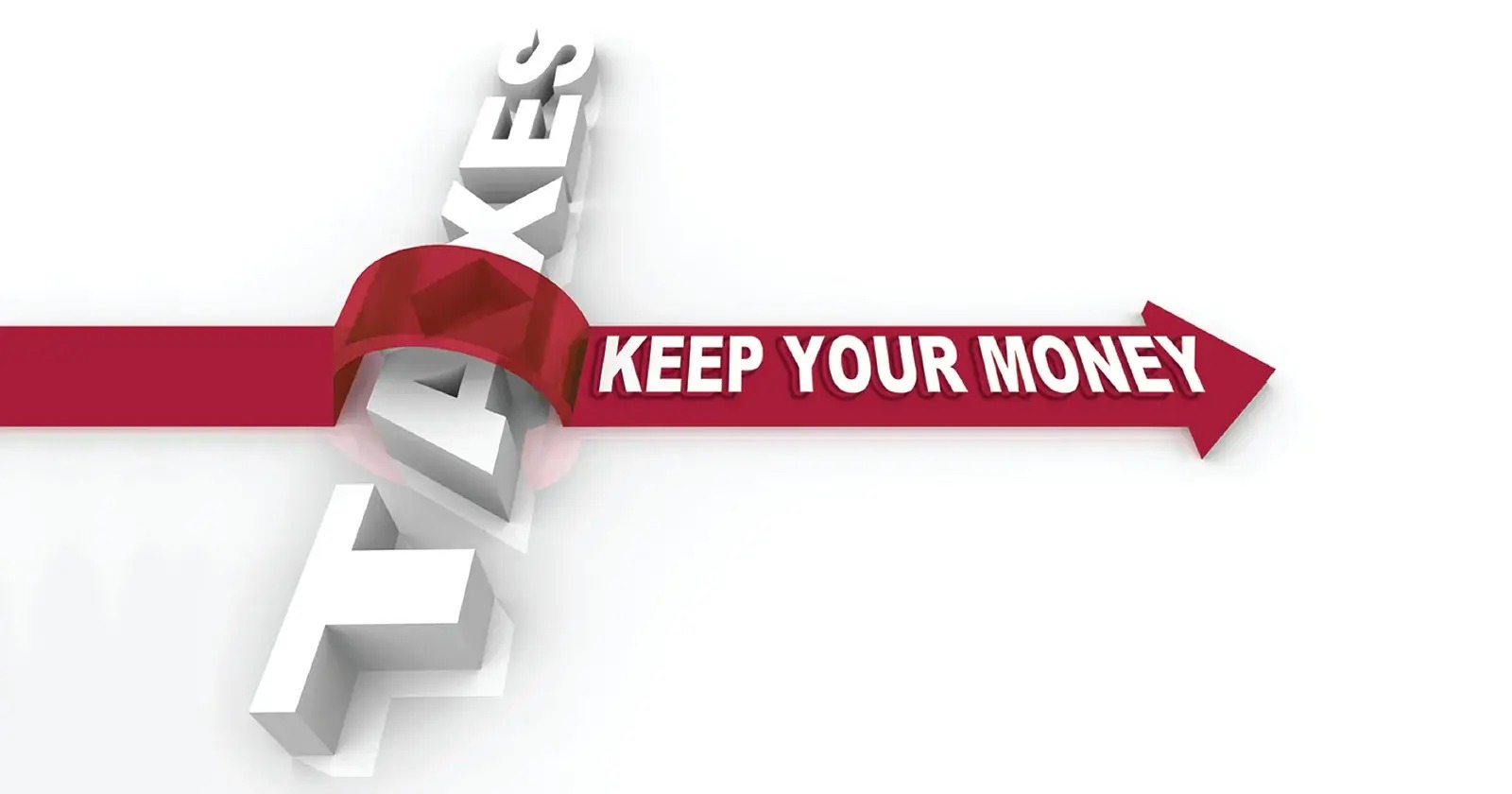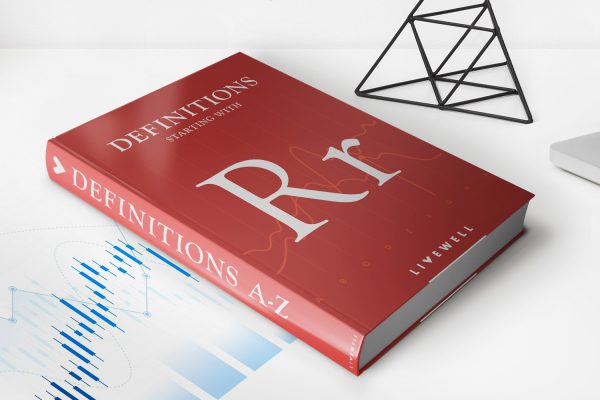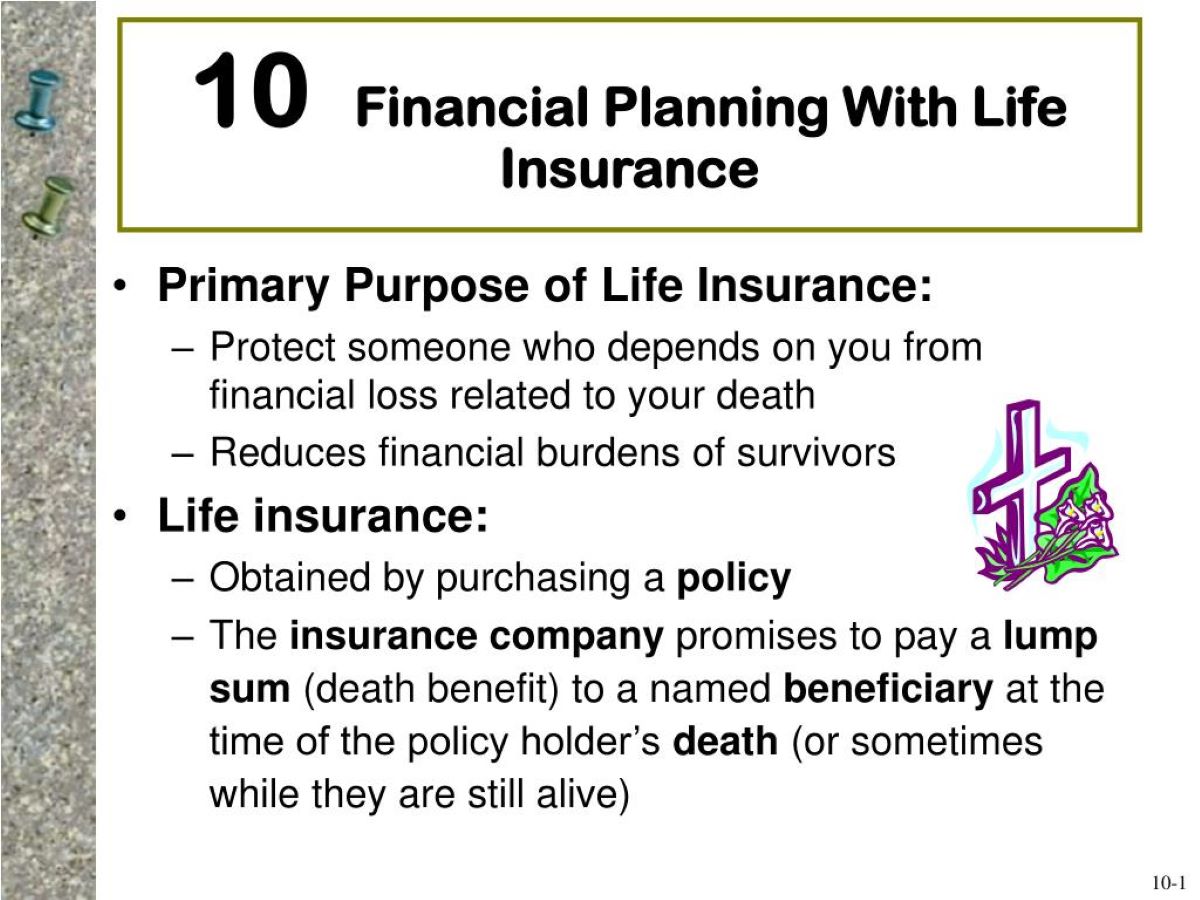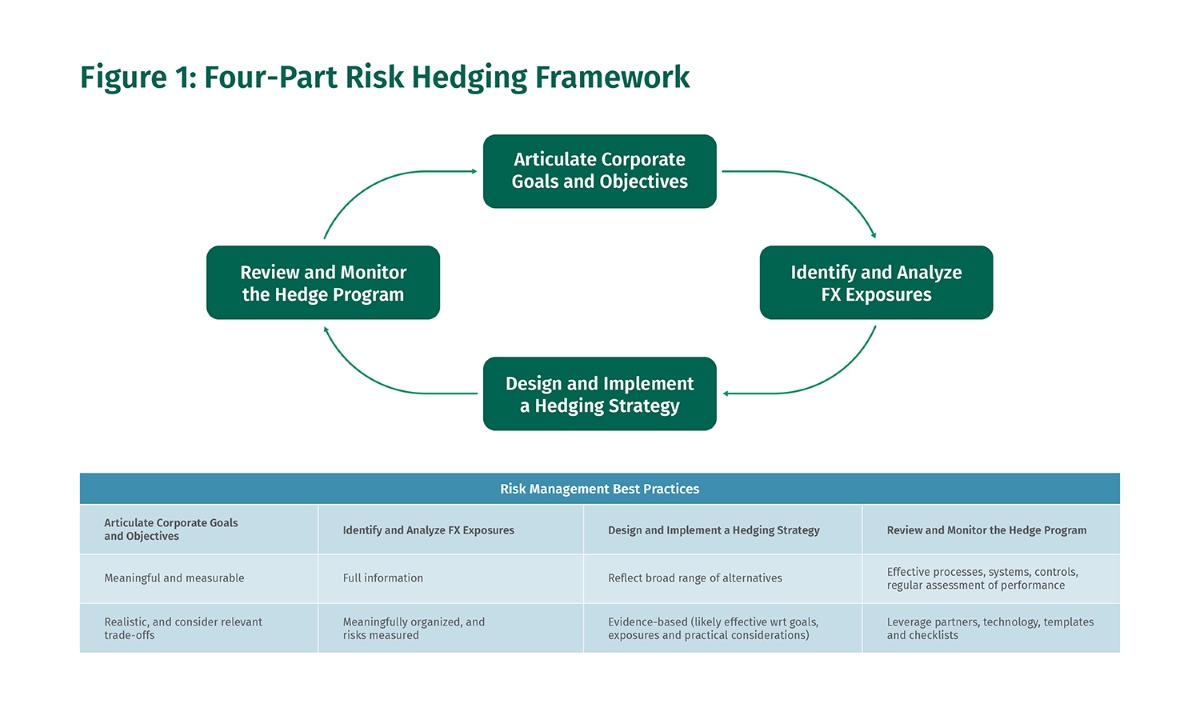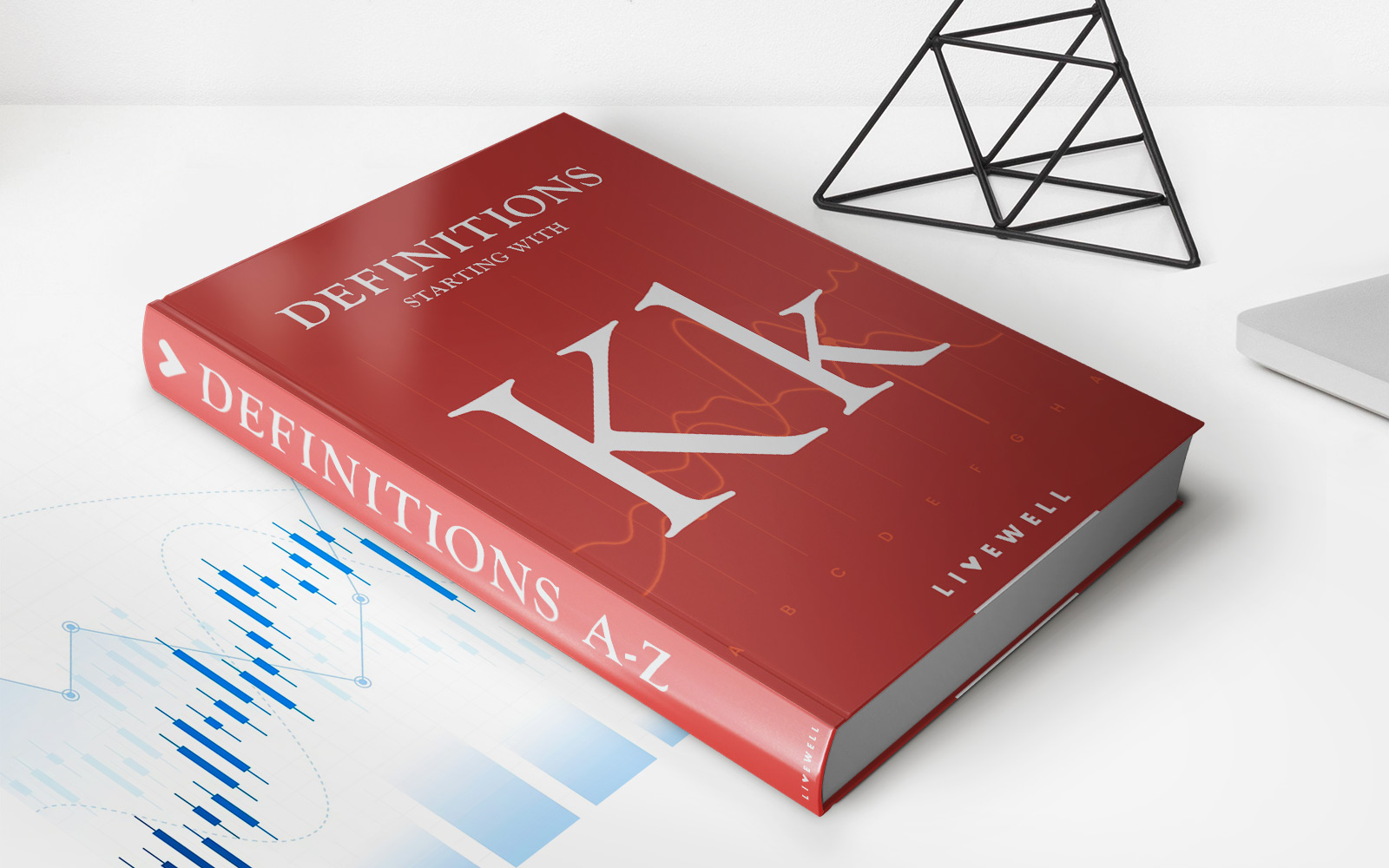

Finance
Kiddie Tax Definition
Published: December 15, 2023
Learn the definition of Kiddie Tax in finance and understand its implications. Stay informed about this important financial concept.
(Many of the links in this article redirect to a specific reviewed product. Your purchase of these products through affiliate links helps to generate commission for LiveWell, at no extra cost. Learn more)
Kiddie Tax Definition: What Parents Need to Know
Welcome to our FINANCE blog! Today, we’re diving into an important topic that many parents may not be familiar with: the Kiddie Tax. Whether you’re a new parent or have been raising kids for a while, understanding how this tax can affect your family’s finances is crucial. In this article, we’ll provide a comprehensive definition of the Kiddie Tax and explain why it’s important for parents to be aware of its implications.
Key Takeaways:
- The Kiddie Tax is a tax law that applies to certain unearned income of children under the age of 19 (or under 24 if a full-time student).
- It was designed to prevent parents from transferring assets to their children in order to avoid higher tax rates.
Now, let’s jump right into it. The Kiddie Tax is a tax law that targets the unearned income of children. Unearned income refers to income derived from sources other than employment, such as dividends, interest, capital gains, and rental income. Originally enacted in 1986, the Kiddie Tax was introduced by the Internal Revenue Service (IRS) to prevent parents from shifting assets and income to their children who may be subject to lower tax rates or even no tax at all.
One of the key points to understand about the Kiddie Tax is that it only applies to children under the age of 19, or under the age of 24 if they are full-time students. Once a child reaches these age limits, their unearned income becomes subject to the same tax rates as adults. This mechanism aims to ensure that parents cannot exploit the tax system by transferring assets to their children to minimize their overall tax liability.
Now, you might be wondering how the Kiddie Tax is calculated. The IRS uses a tiered tax system, with different rates applied depending on the amount of unearned income a child has. The portion of unearned income up to a specified threshold is typically taxed at the child’s own rate, which is typically lower than the rates applied to adults. However, any amount of unearned income above this threshold is subject to the parent’s marginal tax rate.
So, let’s summarize what we’ve covered so far:
- The Kiddie Tax is a tax law that applies to certain unearned income of children under the age of 19 (or under 24 if a full-time student).
- It was designed to prevent parents from transferring assets to their children in order to avoid higher tax rates.
- Once a child reaches the age limits, their unearned income becomes subject to adult tax rates.
- The Kiddie Tax is calculated using a tiered tax system, with different rates applied based on the amount of unearned income.
Knowing about the Kiddie Tax is crucial for parents, as it affects their financial planning and tax strategies. It’s important to consult with a qualified tax professional who can provide personalized advice based on your unique circumstances. By understanding the Kiddie Tax and its implications, parents can make informed decisions to optimize their family’s financial well-being.
We hope this article has provided a clear and concise explanation of the Kiddie Tax. If you have any questions or would like to learn more about finance-related topics, feel free to explore our other blog posts in the FINANCE category of our website. Stay tuned for more informative articles coming your way soon!


